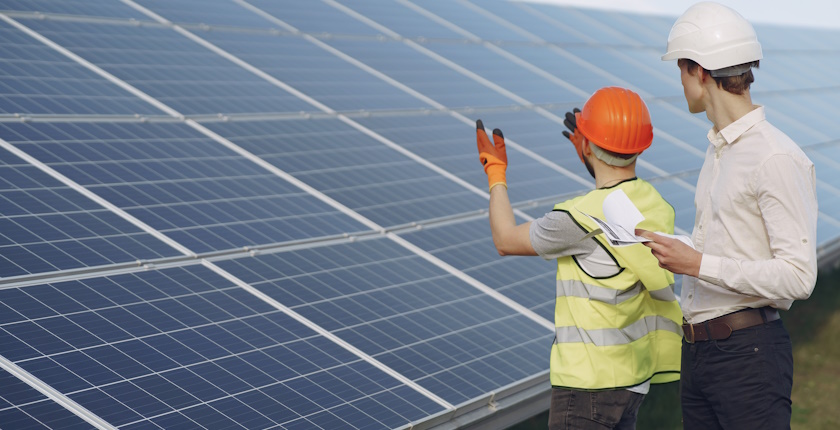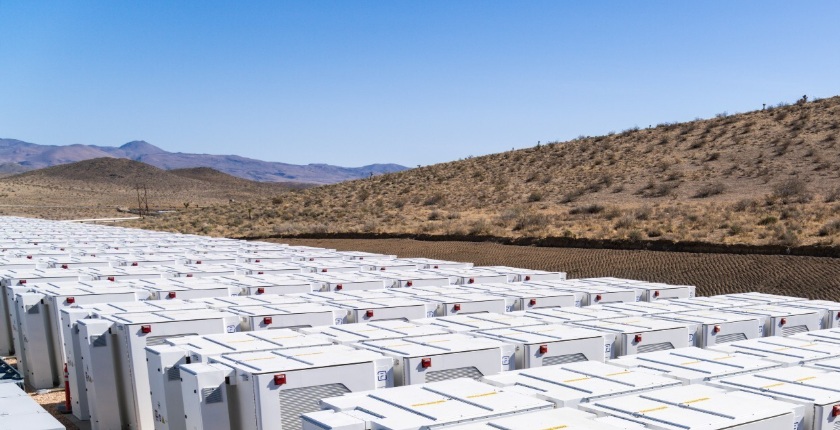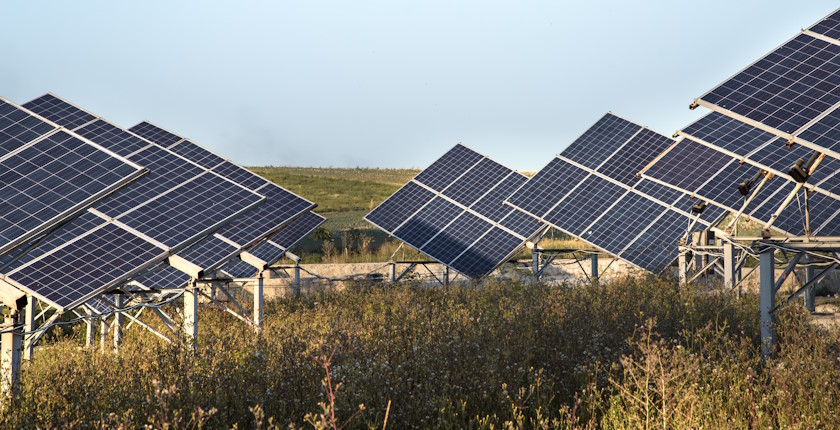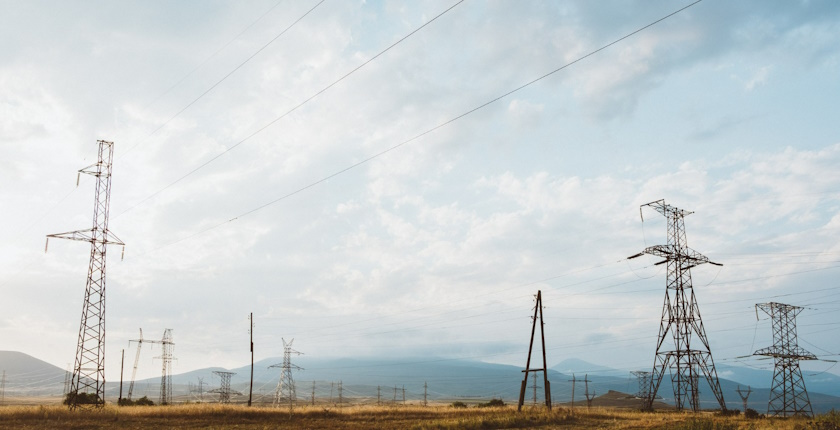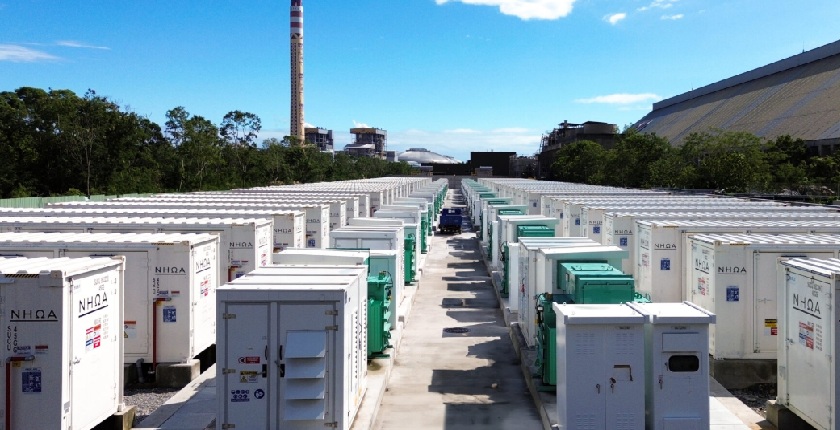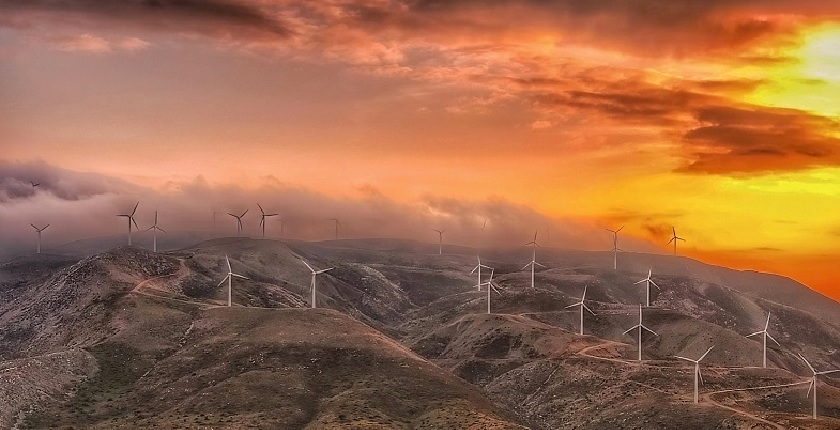
Greek renewables sector slams curtailments bill for not including compensation
Power network operators won’t need to compensate renewable energy producers in Greece for curtailments, according to the latest bill of law. It prompted reactions in the renewable energy market.
The bill, submitted for public consultation, received damning remarks from the Hellenic Wind Energy Association (HWEA or ELETAEN) and various other bodies and corporations for the provisions regarding curtailments.
The country’s two operators wouldn’t be obligated to pay compensation. It should be noted that last year curtailments rose by 277% and reached 3.3% of all renewable production in Greece. They are projected to reach new highs in 2025.
The issue primarily plagues larger plants including wind farms, as they have the technical ability to respond to curtailment orders from the Independent Power Transmission Operator (IPTO or Admie). Conversely, smaller photovoltaic facilities connected to the grid of the Hellenic Distribution Network Operator (HEDNO or DEDDIE) have no such telemetering equipment, so they produce freely at all times.
Indeed, Greek authorities aim to make such systems mandatory in smaller renewables plants to be able to curtail them, to maintain system stability, especially during the days of Easter. If an owner fails to make necessary changes, they would be subject to a high penalty, yet to be determined.
Producers point to European law for compensation
HWEA expressed the belief operators should be exempted from compensation only if a proper framework is established that compensates larger producers for curtailments. In practice, it means any revenue collected from the penalties should be used as compensation for other producers.
HWEA: Producer compensation mechanism is necessary
The association added that compensation is obligatory under European law and therefore needs to be included in the regulatory framework.
“The only right way is for the government to conclude the long-awaited framework and introduce a specific producer compensation mechanism,” HWEA pointed out.
Cero Generation Holdings Greece said it is very concerned about proposals for IPTO and HEDNO not to be obliged to provide any compensation.
Curtailment responsibility shifted to aggregators
Another issue concerns the role of renewable energy aggregators, which represent groups of smaller producers in the market. Both HWEA and Elpedison said it is the operators that need to enforce and manage curtailments, and not aggregators, as in the proposed law.
With such measures, aggregators will face increased costs as well as the possibility of having their license recalled if they cannot carry out their new duties, the company pointed out.

